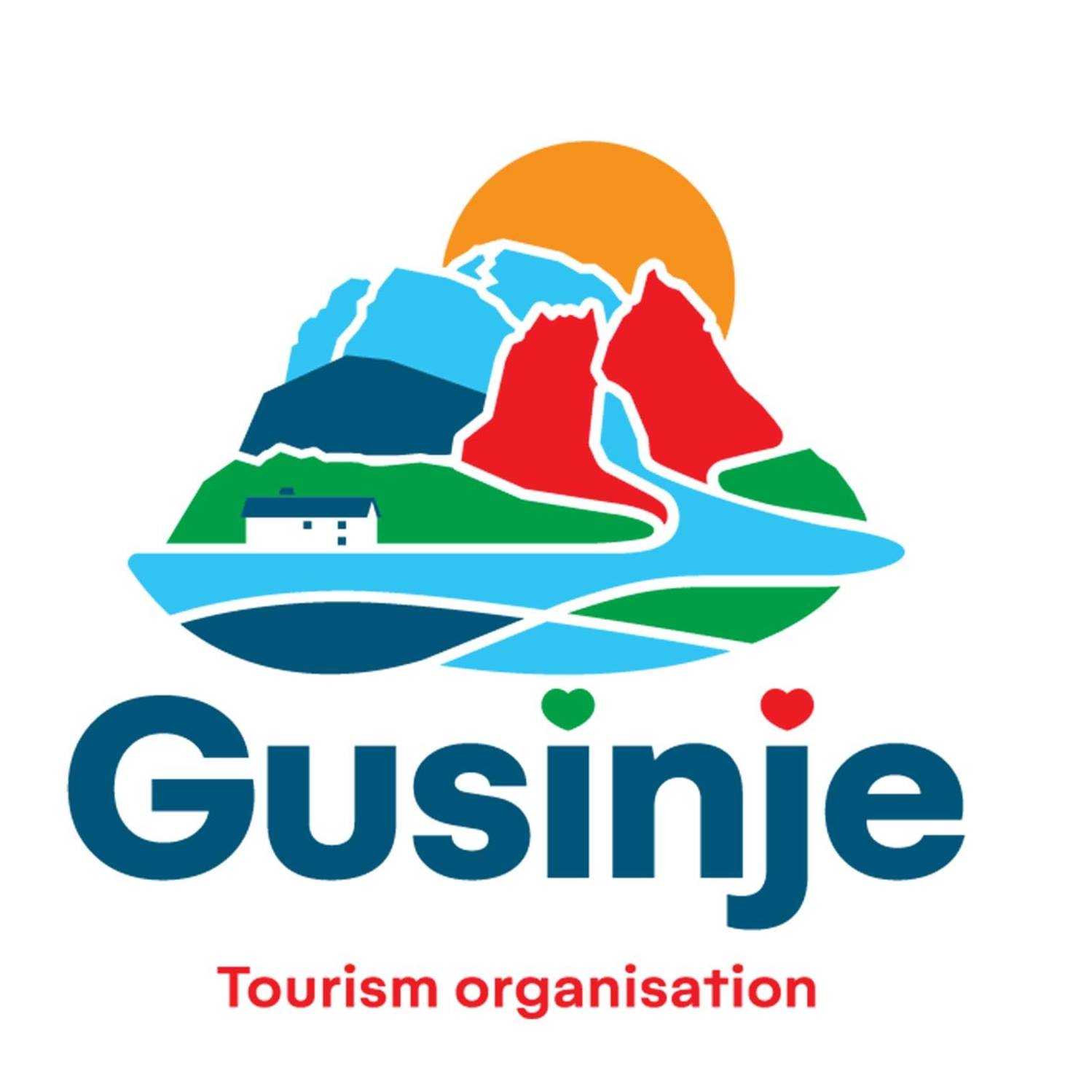Meet Gusinje
NATURAL PHENOMENA
It is incredible how many natural phenomena you can see if you decide to visit Gusinje. Eternal snow awaits you in your armpits. Damnation, sharp peaks, unusual rock shapes, natural gates, very wide and very deep springs, glacial lakes, canyons and caves, magical valleys, unpredictable rivers…
Cursed – a miracle of nature
“The Prokletije of Gusinja are waiting for you to discover them, to fall in love, intoxicated by the beauty of this miracle of nature.”
They are both wild and tame, untamed and fairy-tale. And mystical. They are a unique treasury of forms, plants, water. In addition to glacial lakes, dangerous peaks and windy passes, mysterious passages, in Prokletija there are also rocks that look like a cat’s kiss, or a frozen shepherd, or the petals of a field flower. They have stunning valleys, lush meadows, endless caves, giant old trees, blueberry carpets, sources of healing water, fog, storms, blizzards and avalanches, but also sweet, peaceful summer days.
In Gusinje’s Prokletije, on Bjelic, rise the three highest peaks of Montenegro:
Zla Kolata (2534 m),
Dobra Kolata (2528 m) and Maja
Rosit (2524 m).
The Gusinj Prokletije stretch along the state border towards Albania, starting from Troyan in the west and all the way to Velika Šćapica in the east. The Gusinj part of Prokletije is divided into three groups by the Ropojansko-Vruj and Grebajsko-Dolj glacial valleys: 1. Trojan – Popadia – Valušnica – Italian woman, 2. Carnations – M. Potkajs – Vezirova Brada and 3. Bjelic-Bor. Karanfili and Bjelič belong to the limestone zone of Prokletije in the Green belt, where mild landforms dominate, Bor, Memina planina and Šćapica rise.
There are three natural gates in Prokletija: in the Caranfil crown, the second in the Ropojana valley leading to the plains of Albanian Valbona, and the third is an imposing gate
Troyana (three peaks), at 1820 meters.
THE PLANT WORLD OF PROCLETIUS
Prokletije is one of the six centers of European, that is, one of the 158 centers of world biodiversity. The richness of the vascular flora of Prokletije is estimated at close to 2000 species, and this mountain massif can be considered one of the richest in floristry and vegetation in
the Balkan peninsula. A large number of species are endemic, endemorelict, relict, rare, and many species are medicinal and honey-bearing. Although it has been the target of botanists for a hundred years, the area still has much to offer researchers. In the Gusinj part of Prokletije in recent times
time, new plant species, unknown in the world, were found. Among them are: cursed thorn (Draba bertiscea), Mayer’s lacewing
(Pedicularis ernesti – mayeri) and cursed dogwood (Hieraciumbertiseaum). Draba bertiscea grows only in the world in the Prijeslop valley
(Ljug Preslopit) in the Montenegrin part of Bjelič. From flat meadows and deciduous forests (mainly beech) in the foothills, through the belt of conifers and high mountain pastures, to the bare, rocky cliffs at the summits, Prokletije surprises with the beauty of flowers. Among them there are also flowers that survived the Ice Age, and a flower that grows on difficult-to-access terrain would attract the special attention of shepherds. Such is eelgrass, (Leontopodium alpinum Cass.), a wonderful alpine flower with slender gray leaves and a golden yellow center, which we grow in several locations in Montenegro.

